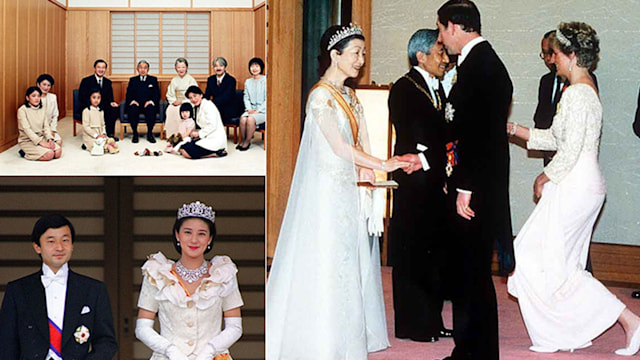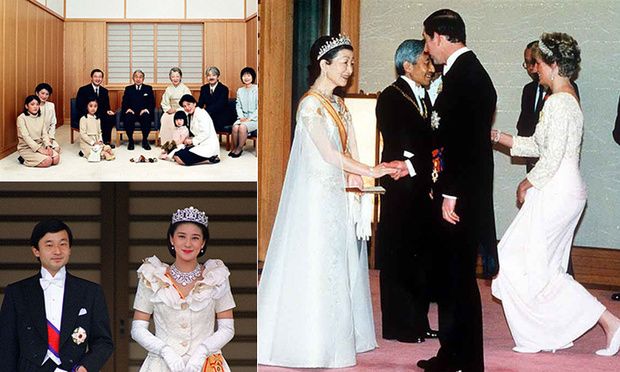On Wednesday (Jul. 13), reports surfaced that Emperor Akihito of Japan intends to abdicate the throne and relinquish his title in the comingyears. As the 82-year-old possibly prepares to hand over his crown to son CrownPrince Naruhito, Hello!looks back at the rich history of Japan’s royal family.
TAP FOR GALLERY OF JAPAN'S IMPERIAL FAMILY'S HISTORY
The first emperor of Japan dates back to 660 BC and sincethen 125 rulers, including Akihito, have held the title.
Throughout centuries, the role of emperor gradually became subordinate as othersources took over governing duties. It wasn’t until the late 1800sthat power shifted back to the imperial family with Emperor Mutsuhito at thehelm.
Emperor Akihito’s father MichinomiyaHirohito held the title for most of the 1900s, making him the countries longestreigning monarch. At the time of his death in 1989, he left behind a63-year-long reign. It was during this time, post Second World War to beexact, that a new constitution was presented, in which any sovereign authoritythat the emperor possessed would be transferred to the people.
Today,although the emperor carries no governmental weight, he remains involved in itsformalities, such as appointing the prime minister, promulgating laws andtreaties and awarding state honours.
Hirohito was responsible for two major groundbreaking changes within the Japanese imperial family. He became the country's first monarch to travel abroad, and, in giving the go-ahead for his son Akihito to marry a commoner, broke with a 1,500-year-old tradition. More than three decades later, Prince Naruhito would follow in his father's footsteps when he tied the knot with commoner Masako Owada, now Crown Princess of Japan.
As Japan's Imperial Family faces the possibility of starting a new chapter with Prince Naruhito as emperor, attention now turns to the future of the institution, in particular the line of succession. Unlike the British monarchy that officially passed the Succession to the Crown Act in 2015, which resigned males' right to supersede their older sisters in the line of succession, Japan still exercises a strictly male primogeniture.
This means that Naruhito and his wife Masako's daughter Princess Aiko is not eligible for the role, according to Imperial House law. When Aiko was born a lively debate was sparked in Japan about whether the law should be changed from that of agnatic primogeniture – whereby the closest male ancestors inherit the throne – to absolute primogeniture, whereby gender is not an issue.
In October 2005 a panel of experts submitted a report, in favour of absolute primogeniture. The Prime Minister at the time, Junichirō Koizumi, even pledged his support.
However the proposals to change the Imperial House law were dropped after Aiko's male cousin Prince Hisahito was born. Hisahito is now third in line to the throne after his uncle the crown prince and his own father Prince Fuhimito.


